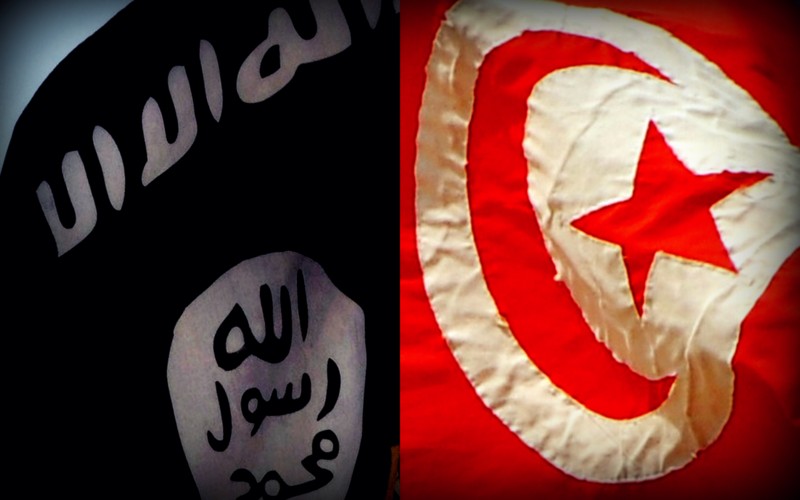The Tunisian Terrorist Attack: What Does It Mean?

The horrific events at the Bardo Museum in Tunis are a reminder of the growing threat from terrorists and insurgents in the once peaceful country of Tunisia. The Tunisian military is engaged in “open warfare” in certain areas of the country, with serious casualties suffered in complex and sophisticated attacks by insurgents. Many of these are members of the ‘Uqba bin Nafi Brigades – a militant group generally associated with al-Qaeda in the Islamic Maghreb (AQIM) – but there are other terrorist groups more closely linked to the Islamic State (IS).
There are several reasons for this growth in violence, including the fact that Tunisia, despite its relatively small size, has sent the most foreign fighters to join the ongoing conflicts in Syria and Iraq. Even before the founding of the “Caliphate,” there were about 2,400 Tunisians fighting in that region, 80% of whom affiliated with the earlier incarnation of IS.
Given the presence of both an al-Qaeda (AQ)-linked militant group and fighters associated with IS, there was initially uncertainty about which organization (if either) carried out the Bardo attack. The EU foreign policy minister blamed IS in her first public statement on the attack, but later changed the wording of the statement to blame unspecified “terrorist organizations.” There were warnings on social media associated with IS that announced a coming attack in Tunisia just days before the assault, but there had also been similar warning from militants associated with Uqba bin Nafi. In early February, 32 members of Uqba bin Nafi were arrested before they could carry out a number of attacks throughout Tunisia, showing that the group has both insurgent and terrorist capabilities. The naming of the attackers further confused determining which group may have carried out the attack, since they were identified as members of Ansar al-Shari’a Tunisia (AST), a terrorist group linked to AQIM and also tied to Uqba bin Nafi, by the President of Tunisia.
 The IS claim of responsibility for the attack seems to settle the question of who carried out this atrocity. If IS did indeed carry out this assault, it shows a leap in the group’s capabilities, sophistication, and planning, and does not bode well for the future of attacks in Europe and the U.S. The puzzling identification of the assailants as members of AST could be answered three ways: misidentification, defection, or cooperation. It could be that the authorities simply had the identities of the attackers wrong during the first few hours after the attack, an error that would likely corrected in coming days. It might also be that the identifications were right, but out-of-date: there have been multiple reports of AST and Uqba bin Nafi members switching loyalties from AQIM to IS (and defections from IS as well).
The IS claim of responsibility for the attack seems to settle the question of who carried out this atrocity. If IS did indeed carry out this assault, it shows a leap in the group’s capabilities, sophistication, and planning, and does not bode well for the future of attacks in Europe and the U.S. The puzzling identification of the assailants as members of AST could be answered three ways: misidentification, defection, or cooperation. It could be that the authorities simply had the identities of the attackers wrong during the first few hours after the attack, an error that would likely corrected in coming days. It might also be that the identifications were right, but out-of-date: there have been multiple reports of AST and Uqba bin Nafi members switching loyalties from AQIM to IS (and defections from IS as well).
Finally, it could be that attackers from the two groups (AQIM and IS) collaborated on this event as attackers from AQAP and IS seem to have cooperated over the Charlie Hebdo attacks earlier this year. There is a slightly different relationship between AQ and IS fighters in this part of North Africa. For instance, Ifriqiya Media, a formerly pro-AQIM jihadist media service now pledged to IS, has still expressed support for AQIM and forwarded statements of Uqba bin Nafi, an AQIM-affiliated group, along with IS releases. Such a mutual outlet is unheard of elsewhere and, if fighters from both sides did indeed collaborate over this attack, it will not bode well for the future of North Africa.
